A Spiritual Journey Through Time
The Museum of Russian Orthodox Culture Moscow is a serene destination that invites visitors to explore the rich heritage of Orthodox Christianity in Russia. Located near the Danilov Monastery, this museum features over 2,000 artifacts, including hand-painted icons, liturgical garments, and rare manuscripts. Visitors can immerse themselves in the spiritual and cultural traditions that have shaped Russian identity for centuries.
Why Visit the Museum of Russian Orthodox Culture Moscow?
- Perspectives culturelles : Learn about the role of Orthodoxy in Russian history, art, and daily life.
- Chefs-d'œuvre artistiques : Admire intricate icons, frescoes, and ceremonial objects crafted by master artisans.
- Spiritual Reflection : Experience the tranquility and beauty of Orthodox rituals and traditions.
Principales expositions à découvrir
- Icons and Frescoes :
- Displays on the evolution of iconography, from Byzantine influences to distinct Russian styles.
- Rare icons featuring saints, biblical scenes, and symbolic motifs.
- Liturgical Artifacts :
- Ornate chalices, crosses, and vestments used in Orthodox ceremonies.
- Stories of how these objects were crafted and preserved.
- Manuscripts and Books :
- Rare texts like handwritten gospels and prayer books.
- Exhibits on the role of monasteries as centers of learning and spirituality.
- Rituals and Traditions :
- Immersive displays explaining Orthodox holidays, ceremonies, and daily practices.
- Audio installations recreating the sounds of church bells and chants.
Les joyaux cachés que vous pourriez manquer
- Les archives secrètes : Rare documents and sketches from medieval monasteries.
- Sounds of Worship : Audio installations recreate the ambiance of Orthodox churches during services.
- Atelier de bricolage : Try your hand at creating a miniature icon or painting a traditional motif.
Informations pratiques
- Localisation : Near the Danilov Monastery (close to [Museum of Bread]).
- Heures : 10:00 AM-6:00 PM (fermé le lundi).
- Billets :
- Adultes : 300 RUB
- Enfants : 150 RUB
- Gratuit pour les familles qui visitent le [Musée du pain] le même jour.
Comment maximiser votre expérience
- Combinez avec les attractions à proximité :
- [Danilov Monastery] for a deeper dive into Orthodox spirituality.
- [Museum of Bread] for insights into the connection between food and faith in Russian culture.
- Attend workshops: Learn about icon painting, calligraphy, or Orthodox traditions.
The Role of Orthodoxy in Russian Culture
- Contexte historique :
- Orthodoxy became the state religion in 988 AD, shaping Russian identity and politics.
- Monasteries served as centers of art, education, and charity.
- Pertinence moderne :
- Orthodox traditions continue to play a central role in Russian life, from weddings to holidays.
- Artists and scholars preserve and reinterpret Orthodox art and rituals.
Commentaires des visiteurs
- “The exhibit on iconography was breathtaking—it made me see the depth of Orthodox spirituality.” - Anna, touriste.
- “My kids loved the workshop where they painted their own icons. Such a unique experience!” - Maria, parent.
Projets d'avenir pour le musée
- Expansion en 2025 : New exhibits focusing on global Orthodox traditions and their connections to Russia.
- Collaborations : Joint projects with the [Tretyakov Gallery] on the intersection of religious and secular art.
Conclusion
Les Musée de la culture orthodoxe russe Moscou is more than just a collection of artifacts—it’s a celebration of faith, art, and tradition. From ancient icons to modern practices, it highlights the enduring impact of Orthodoxy on Russian culture and identity.
- Pourquoi il se démarque :
- The museum combines spirituality, education, and hands-on experiences in one place.
- Interactive exhibits make it accessible to all ages and backgrounds.
- Pertinence culturelle :
- Highlights universal themes like faith, creativity, and human connection.
- Inspires appreciation for the artisans and scholars who preserved Orthodox traditions.
- Pourquoi le retour :
- Rotating exhibits feature new discoveries and interpretations.
- Seasonal events, like Orthodox holiday celebrations, add variety.

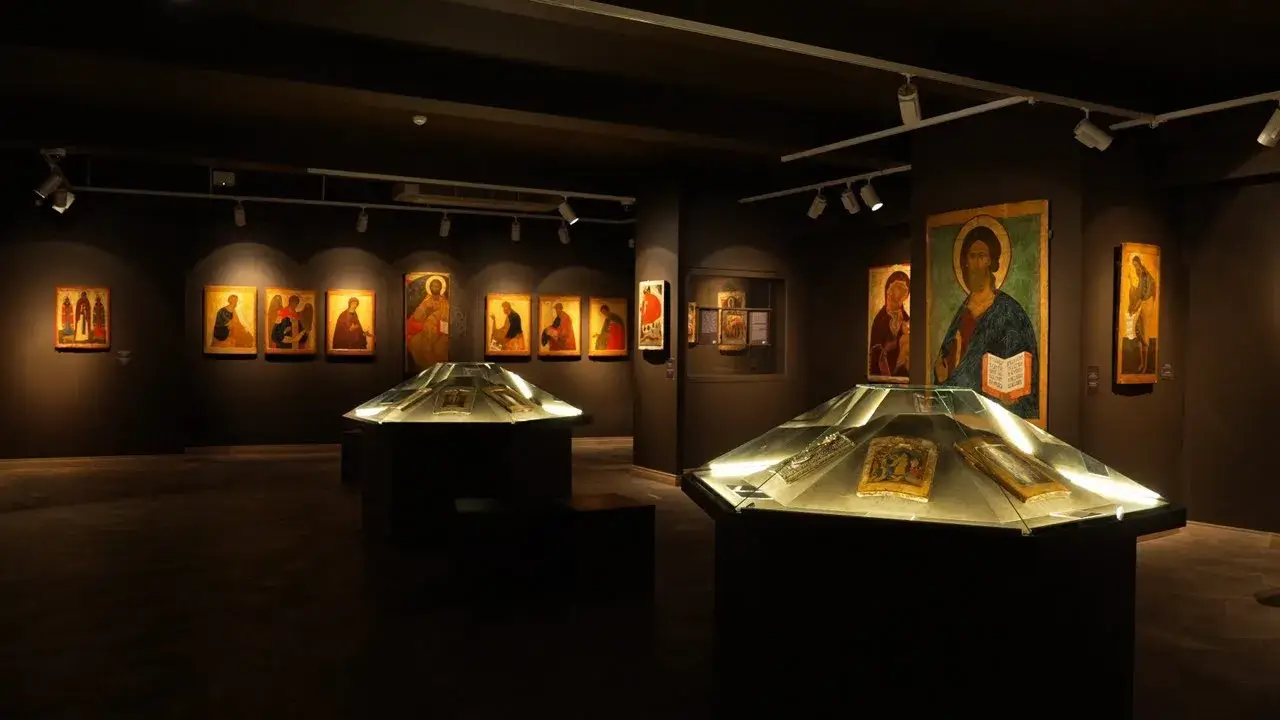 Musée de la culture orthodoxe russe Moscou">
Musée de la culture orthodoxe russe Moscou">

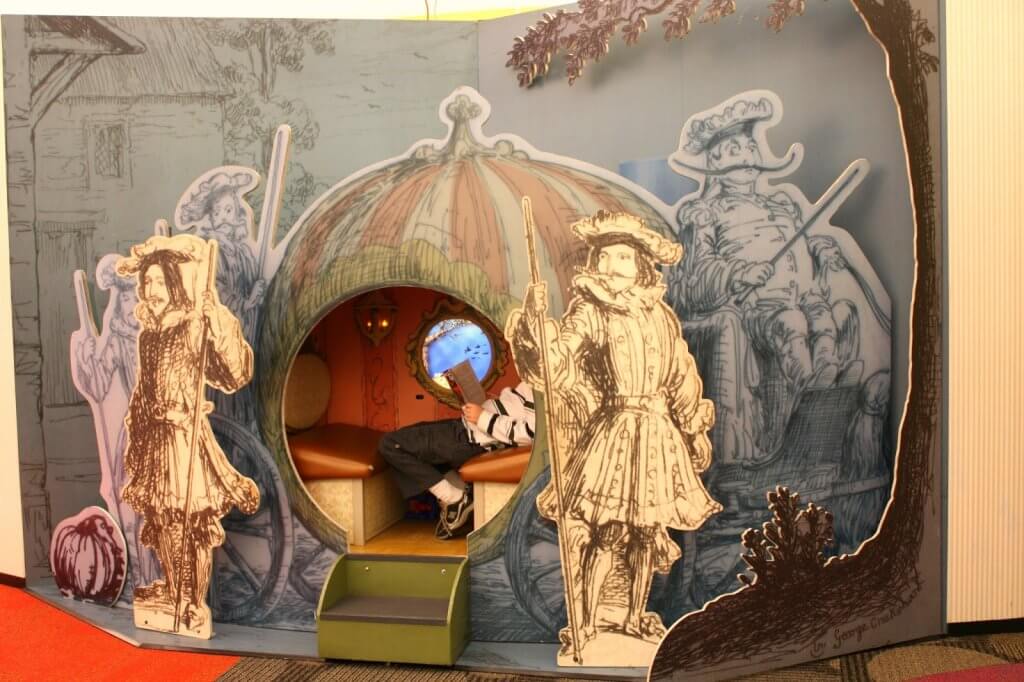 World of Fairy Tales Museum">
World of Fairy Tales Museum">
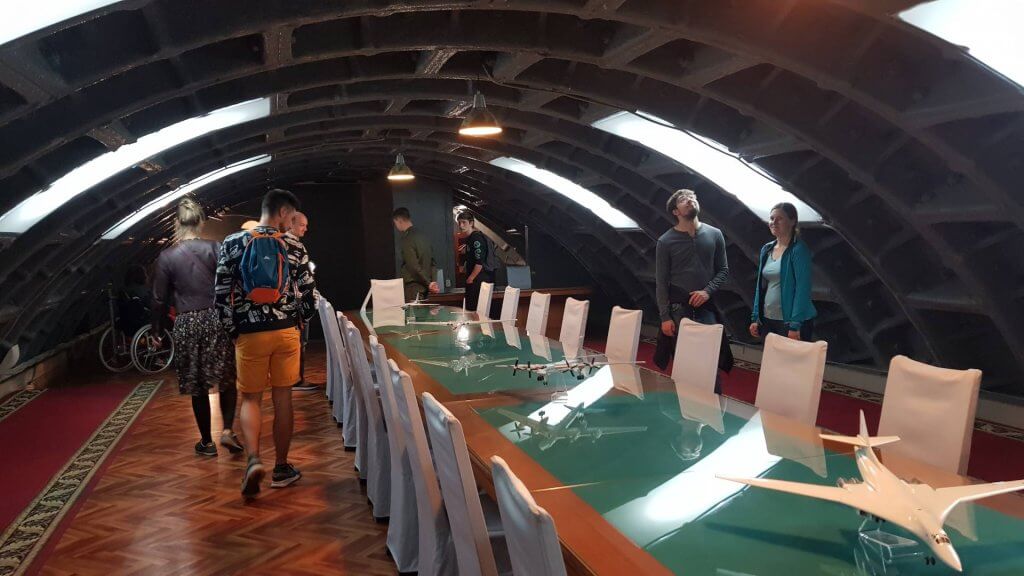 Bunker-42 Museum Moscow">
Bunker-42 Museum Moscow">
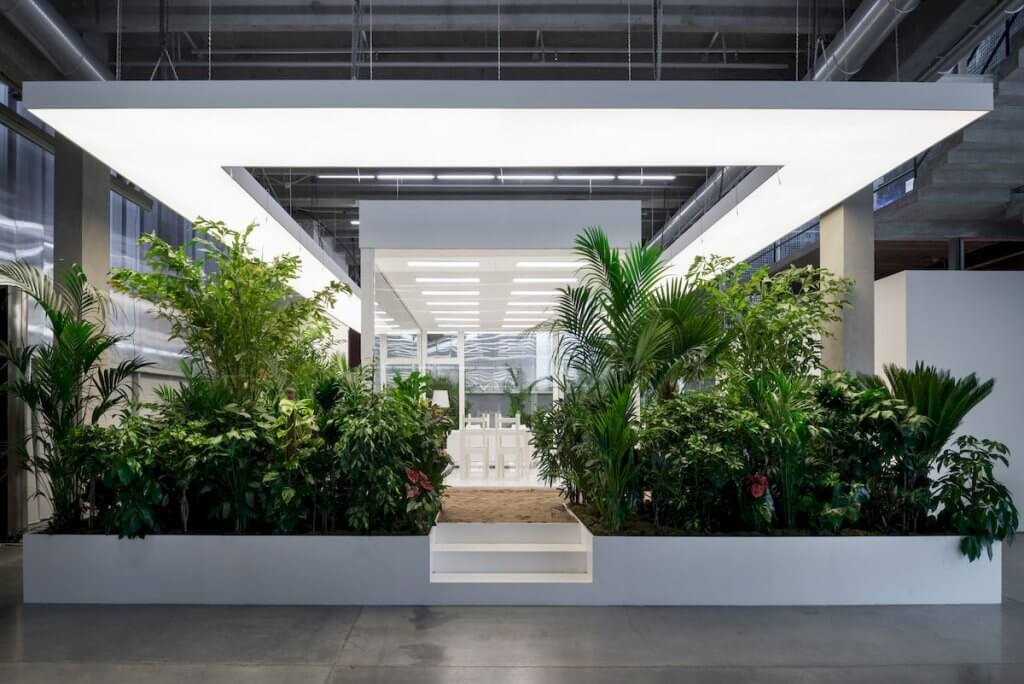 Musée d'écologie de Moscou">
Musée d'écologie de Moscou">
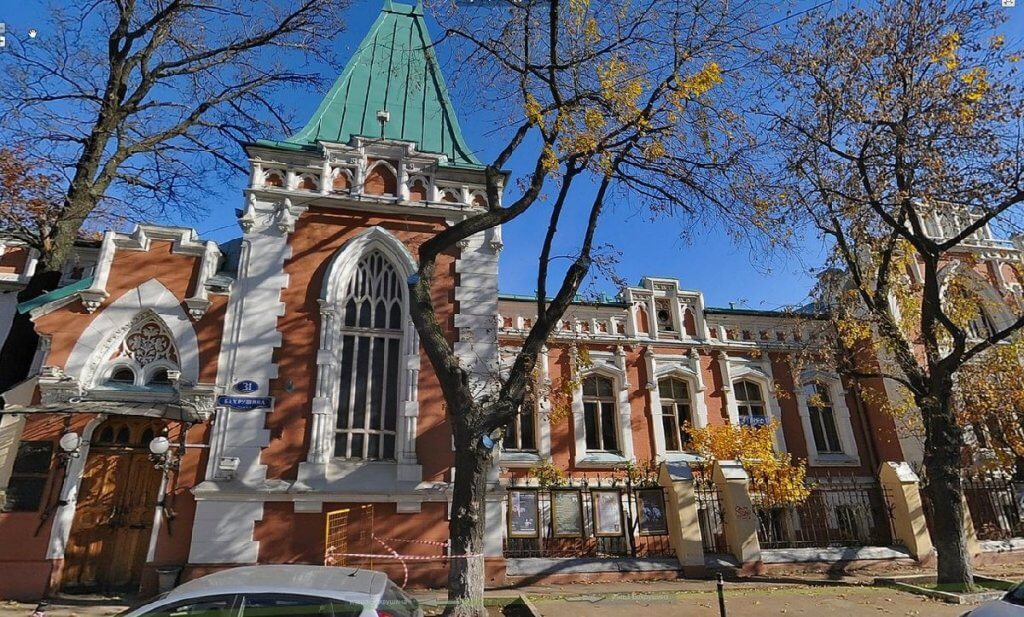 Musée des arts du théâtre de Moscou">
Musée des arts du théâtre de Moscou">
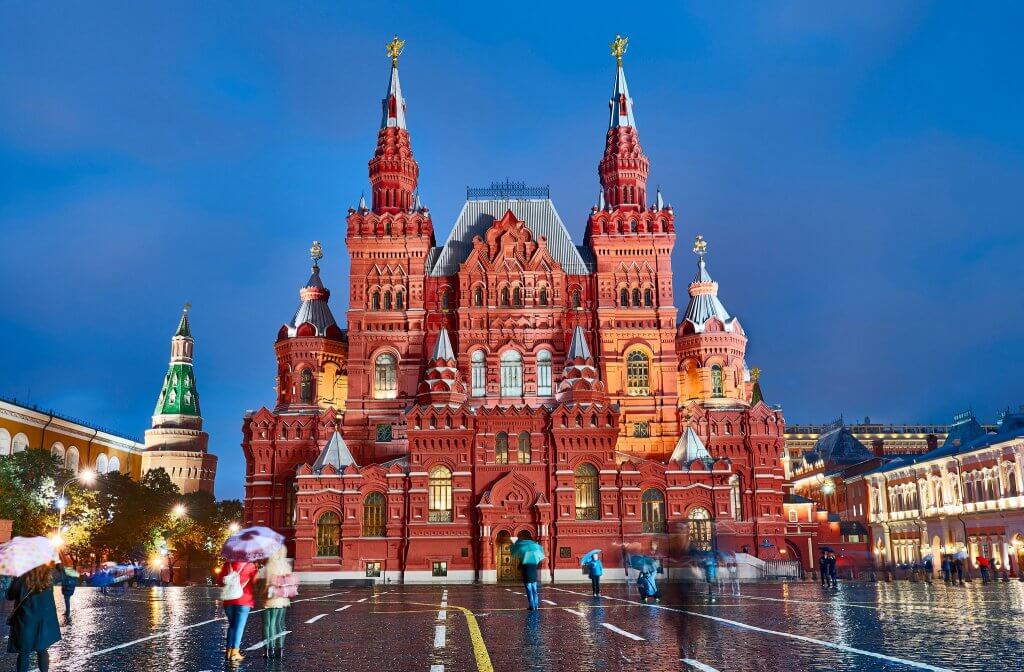 Musée des reconstructions historiques Moscou">
Musée des reconstructions historiques Moscou">
 Musée des miniatures de Moscou">
Musée des miniatures de Moscou">
 Musée des affiches soviétiques Moscou">
Musée des affiches soviétiques Moscou">
 Musée des instruments de musique Moscou">
Musée des instruments de musique Moscou">
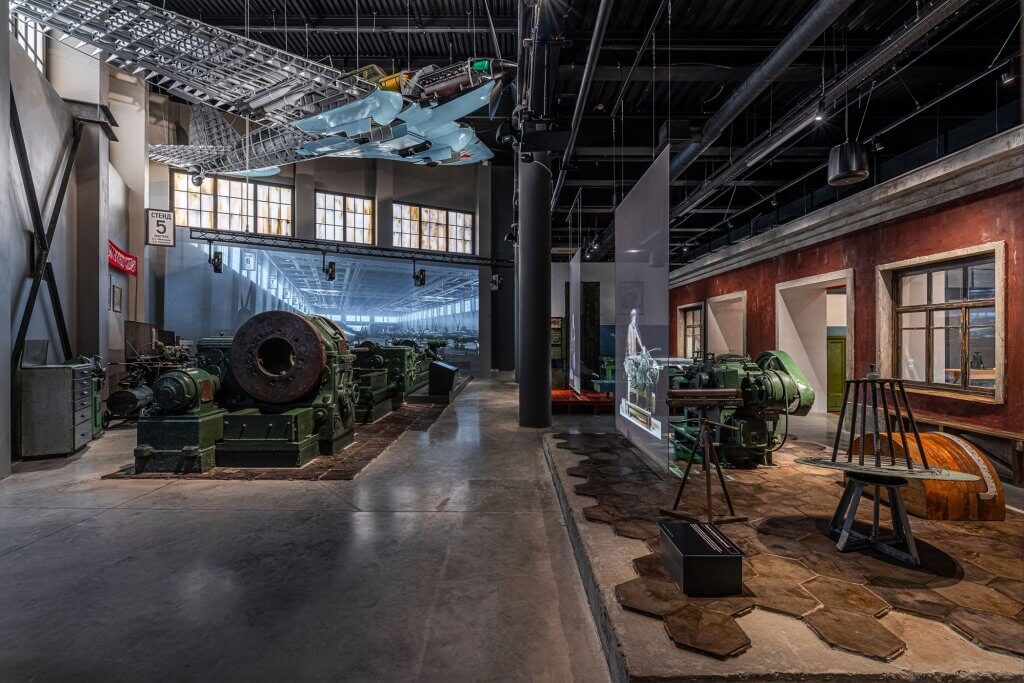 Musée des métiers oubliés Moscou">
Musée des métiers oubliés Moscou">
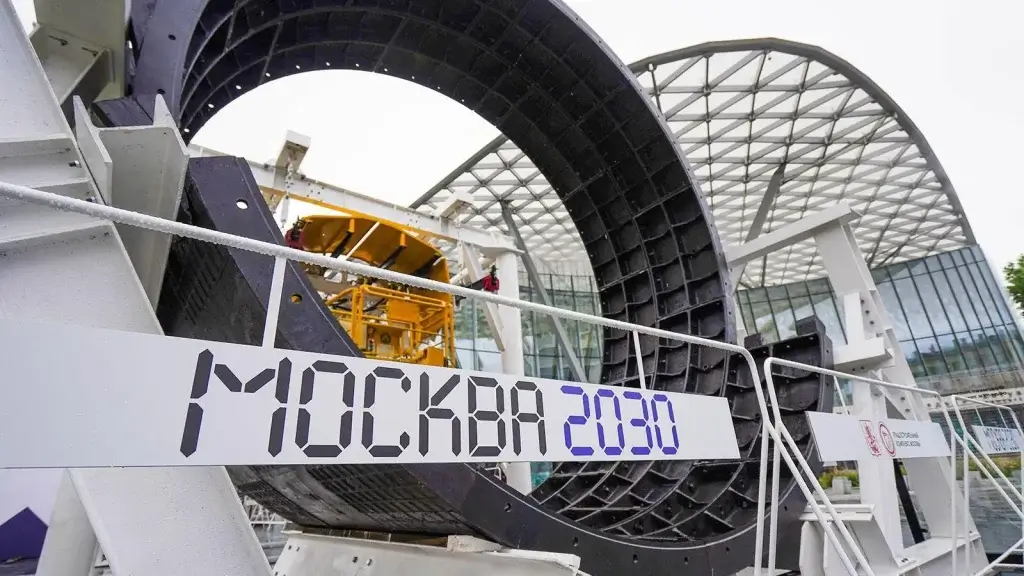 Musée du développement urbain Moscou">
Musée du développement urbain Moscou">